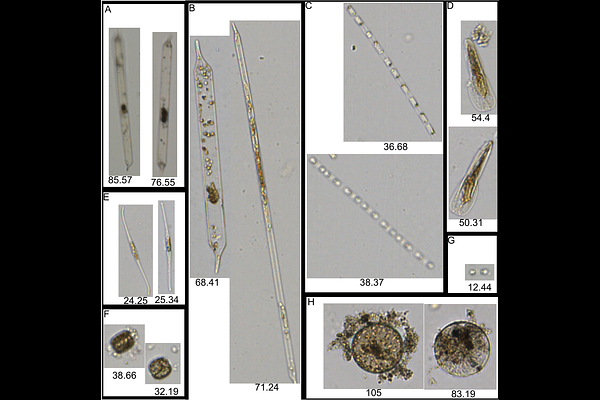Storm in a bottle: An experimental investigation of how extreme precipitation impacts phytoplankton communities

Storm in a bottle: An experimental investigation of how extreme precipitation impacts phytoplankton communities
Barth, A. J.; Pinckney, J.; Krask, J.; Smith, E.; Stone, J.
AbstractPhytoplankton community composition in estuaries is tightly linked to freshwater input. While regular freshwater input typically delivers nutrients, fueling phytoplankton growth, the impact of extreme events is less certain. Several observational studies have documented increases in phytoplankton biomass following large precipitation events but cannot to adequately identify the mechanism driving this increase. This paper advances two hypotheses about what drives phytoplankton biomass change following extreme precipitation events. First, the Resident Response Hypothesis (RRH), which suggests local estuarine phytoplankton grow in response to favorable conditions. Alternatively, the Production Introduction Hypothesis (PIH) indicates that large rainfall events introduce new phytoplankton taxa to estuaries during run-off events associated with large storms. These hypotheses were tested at North Inlet Estuary (South Carolina, USA) through a novel experimental design, which utilized multiple treatments to mimic the distinct impacts of large rainfall events on natural phytoplankton communities. Experimental samples were analyzed using photopigments and flow-through imaging microscopy. This allowed a wide assessment of phytoplankton community change both through measuring chlorophyll-a and biomass concentration. Ultimately, there was a strong increase in phytoplankton growth in the storm treatments, primarily identified by diatom pigment increases in response to run-off delivered nutrients, providing support for the RRH. However, biomass concentration analysis of select diatom taxa revealed the introduction of new diatom taxa in run-off water communities. This supports the PIH, suggesting that initial growth from nutrient additions may be due to small cell growth as well as introduction of new taxa.